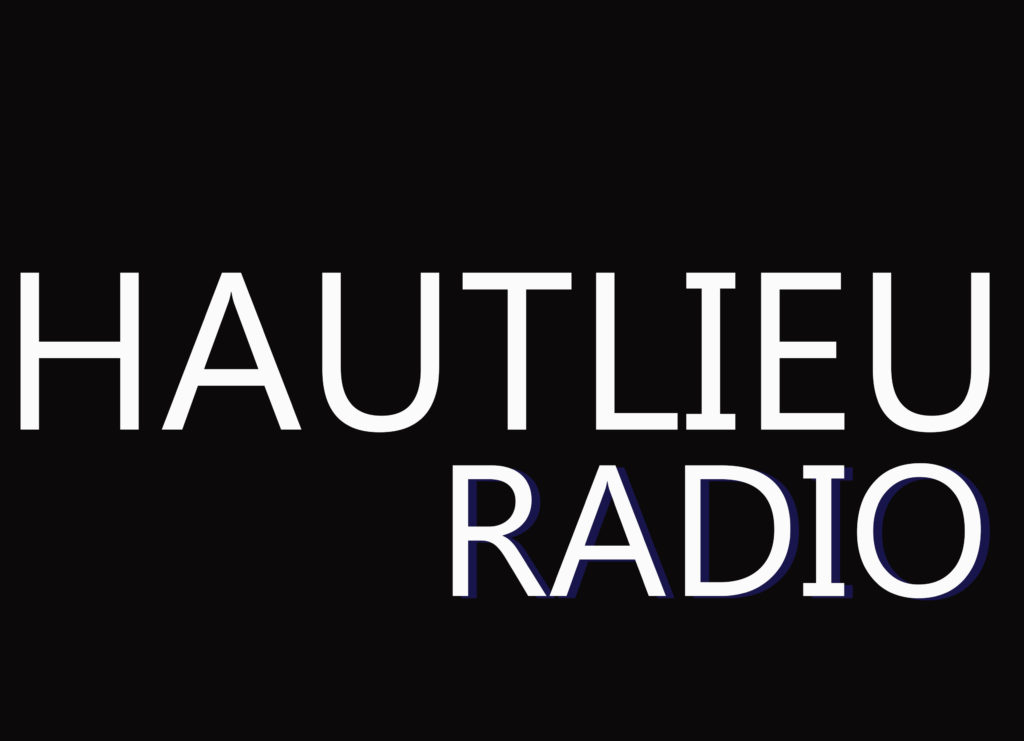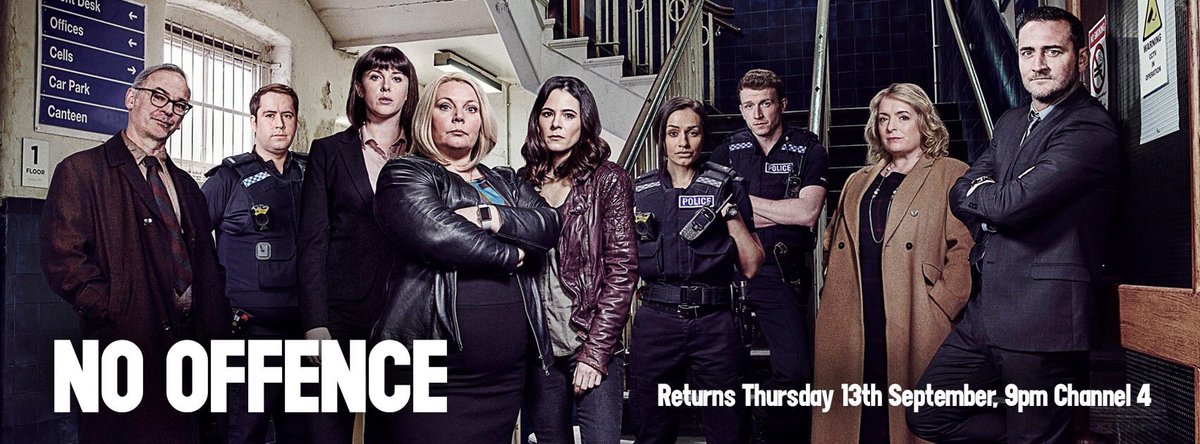METROID: PRIME 2 ECHOES
Gaming magazine for people aged 12+
Action Adventure game.
Developed by Retro Studios and published by Nintendo for the GameCube.
Released in November 2002
Artists for the game were Todd Keller and James H. Dargie
An enhanced version was released in 2009 for the Wii as a standalone game in Japan.
Sims Freeplay
Links to postmodernism – superficial – parody VS pastiche
Strategic life simulation
Developed by EA
Released for different devices
Received ‘generally favourable reviews’ from critics.
The game was banned in China, saudi arabia, United Arab States etc… for portraying homosexual couples
Teen Vogue
Tweets with links to their articles e.g Beyonce’s help with the Texas Storms – making the public see her in a certain way, make her look good. (Circulate/Personalise/Share/Story)
Free Platform – Twitter is a free social media platform – old media was only accessible with money
Active Involvement – people can react to the tweet, like and share.
Real-time creation – the tweet includes a link so you can be taken straight to information included in the tweet whereas in the old media, it would be harder to access
New technology in the media has split people apart whereas things like cinema bring people together.



